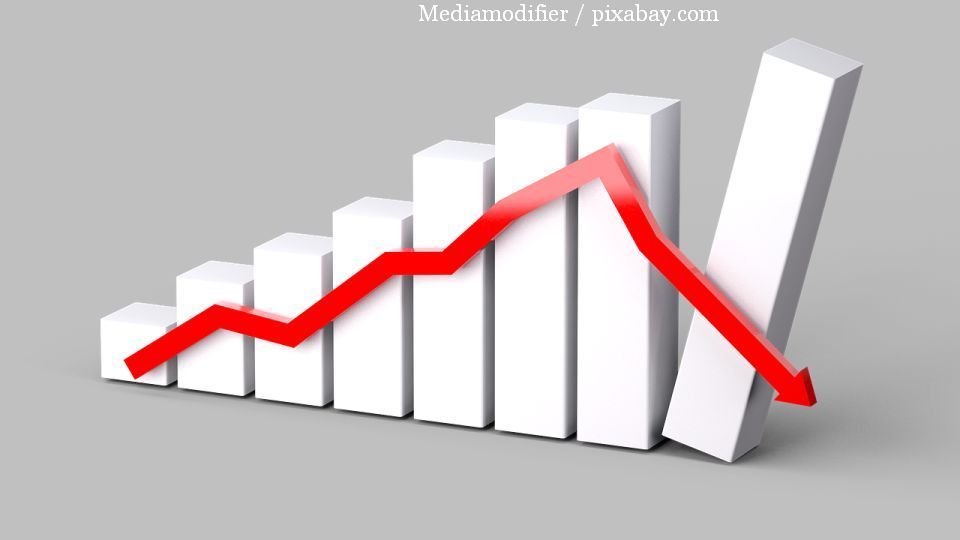Economic Developments
Last year, the rate of inflation in Romania was little above 1.5%, but almost one percent lower than the target set by the National Bank of Romania

Corina Cristea, 15.01.2014, 13:16
In December 2013 the rate of inflation in Romania registered the lowest level after the 1989 anti-Communist Revolution, almost one percentage below the target set by the National Bank of Romania. The good news announced by the National Statistics Institute was largely the result of a good agricultural output last year, which led to a drop in the prices of some foodstuffs by almost 2%.
On the other hand, though, prices of services and non-food products increased by over 3.4% each. The most significant drop was registered in the prices of eggs, oil, fruit, sugar, bread and other milling and bakery products. However, the prices of potatoes, beans and other leguminous plants went up, just like the prices of water, sewerage, sanitation, tobacco, electricity and gas. Analyst Aurelian Dochia explains why the lower inflation rate has not triggered a visible increase in people’s living standards:
“The fact that prices of some foodstuffs have dropped considerably of late must have mattered to people, because in Romania, people with lower incomes usually spend almost half of what they earn on food. However, we cannot expect miracles with regard to the effect of inflation on living. What is important is that we have managed to get rid of this constant fear and obsession of price hikes, which for many has been a serious matter of concern, as surveys conducted by specialized organizations have shown.”
According to the Governor of the National Bank of Romania, Mugur Isarescu, inflation will keep on dropping in the first half of 2014, but once the effects of last year’s good harvests have faded out, inflation rate will be on the rise again. However, Aurelian Dochia says, the figure as such places Romania among the European developed countries from the point of view of inflation.
“This is indeed a record for Romania and I believe we have thus managed to get in line with the European standards. In most European countries the rate of inflation is very low and there are worries that in some of these countries the opposite phenomenon might occur, that of deflation, which is rather worrying to many economists.”
Deflation is not a desired phenomenon because it would render the Central Bank’s policy useless, as it will no longer be able to use its regular tools.






























